All Science
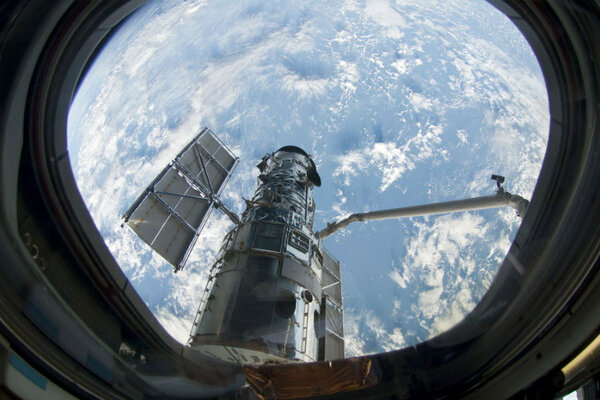 Orphan dwarf galaxy could shed light on history of galaxy formation
Orphan dwarf galaxy could shed light on history of galaxy formationAstronomers mapping local galaxies within the Milky Way neighborhood have discovered a lone dwarf galaxy that could hint at the types of small galaxies that formed early in the universe.
- Best place to watch the aurora borealis? The International Space Station
Check out this time-lapse video taken by German astronaut Alexander Gerst during his six-month stay orbiting the Earth on the ISS. The views of the aurora borealis are stunning.
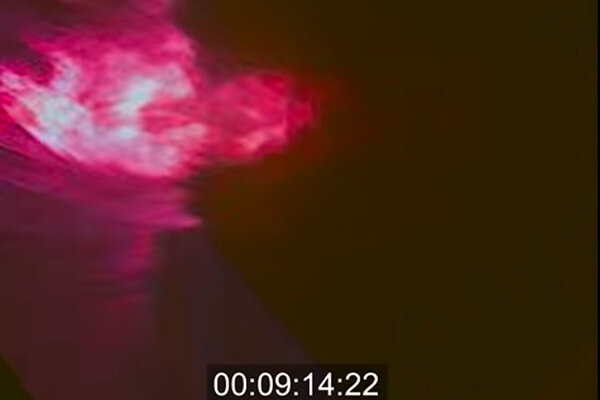 NASA releases 'astronaut's-eye view' of Orion capsule's fiery reentry
NASA releases 'astronaut's-eye view' of Orion capsule's fiery reentryWhat would it have looked like to ride in the Orion capsule as it plummeted back to Earth? New NASA footage offers a unique view.
- What happens when you point a telescope for black holes at the sun?
An image captured by NASA's NuSTAR telescope, designed to investigate black holes, is the best-ever view of the sun in high-energy X-ray light.
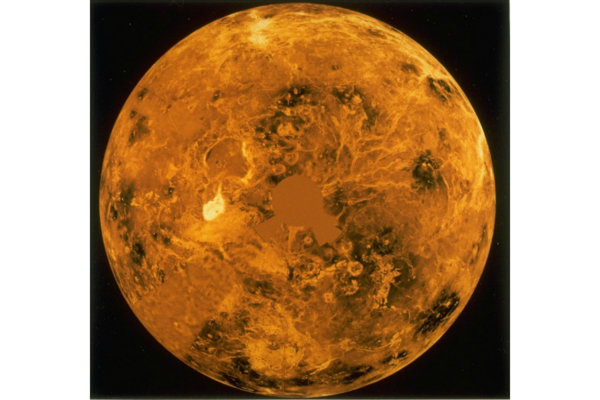 NASA mulls plan to explore Venus with 'Cloud City'
NASA mulls plan to explore Venus with 'Cloud City'At 800 degrees Fahrenheit, Venus isn't a hospitable place to land, but some NASA scientists are proposing to study the atmosphere from habitable dirigibles.
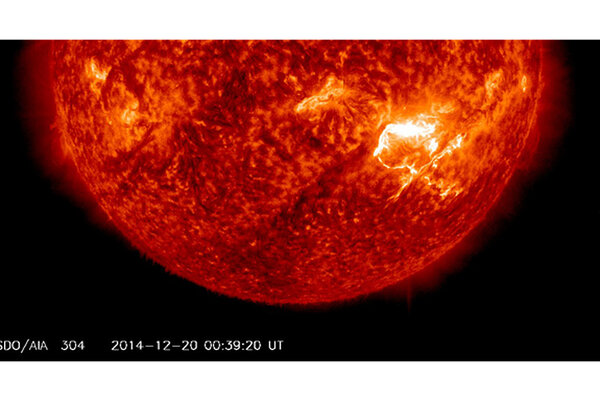 Sun fires off massive solar flare
Sun fires off massive solar flareAn eruption of one of the most powerful possible flares capped off a week of intense activity on the surface of our nearest star.
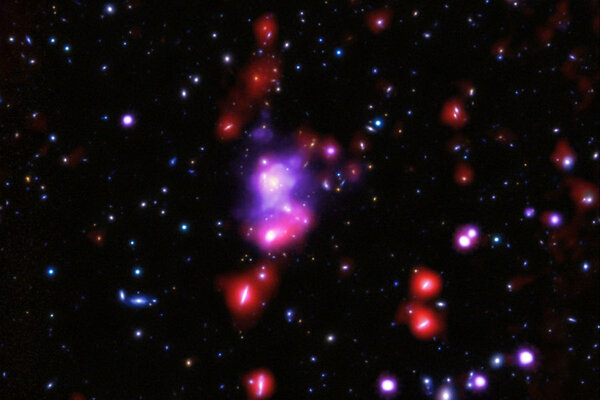 How massive galaxy cluster could upend theory of universe evolution
How massive galaxy cluster could upend theory of universe evolutionAt 400 trillion times the sun's mass, the cluster could represent a hint that the most widely accepted explanation for the evolution of universe is flawed.
 Winter solstice: Why isn't the shortest day also the coldest?
Winter solstice: Why isn't the shortest day also the coldest?It will be another month or so before the Northern Hemisphere experiences those truly frigid winter temperatures. Why is there such a big lag between the winter solstice and the coldest days?
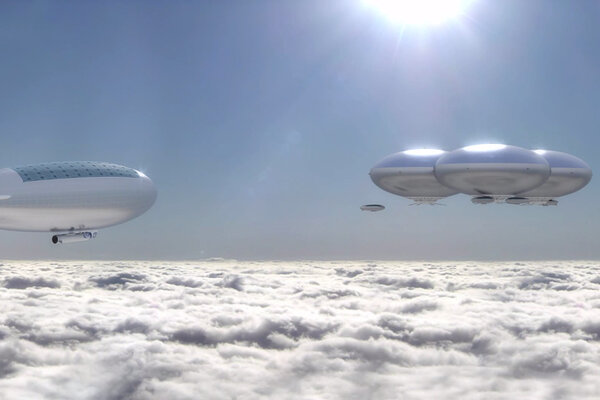 How a manned mission to Venus could actually make sense
How a manned mission to Venus could actually make senseA NASA proposal for a manned mission to Earth's nearest neighbor looks decidedly steampunk: Crewed interplanetary dirigibles to explore the relatively hospitable upper reaches of the Venusian atmosphere.
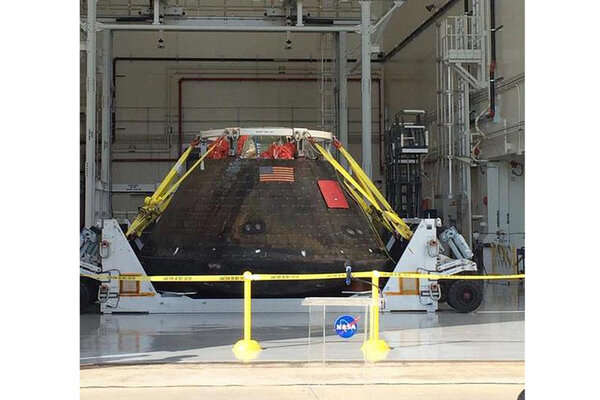 Orion returns to Florida: What's next for NASA space capsule?
Orion returns to Florida: What's next for NASA space capsule?After a week in transit, NASA's Orion space capsule is back at the Kennedy Space Center for more testing.
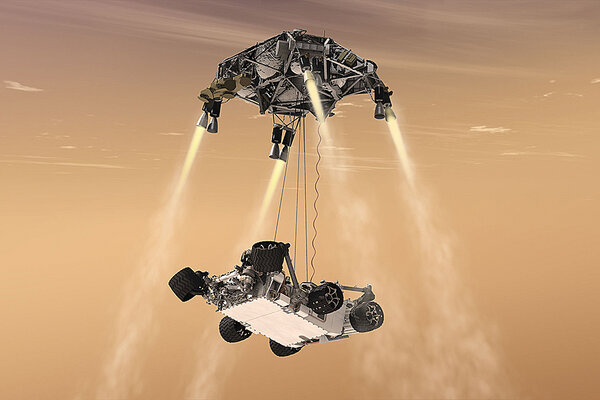 Mars tech: from ion thrusters to laser communications
Mars tech: from ion thrusters to laser communicationsNASA will need new technologies to get humans to Mars. Some of those technologies have more terrestrial applications as well.
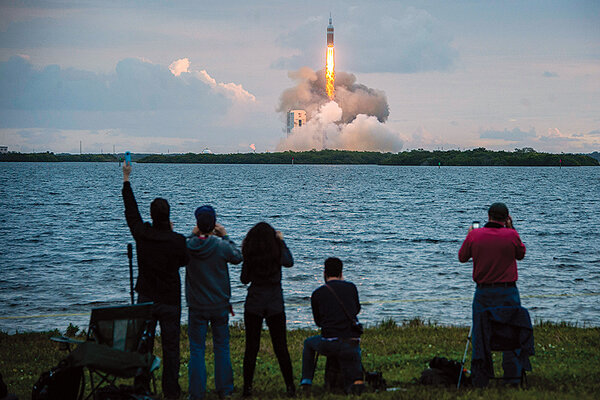 Can NASA's Orion program reinvigorate human spaceflight?
Can NASA's Orion program reinvigorate human spaceflight?NASA's human spaceflight program has been struggling with the same problem since the Apollo program: It doesn't have enough money to do the really exciting stuff. Orion's mission to Mars is NASA's latest attempt to address the issue, but the numbers still might not add up.
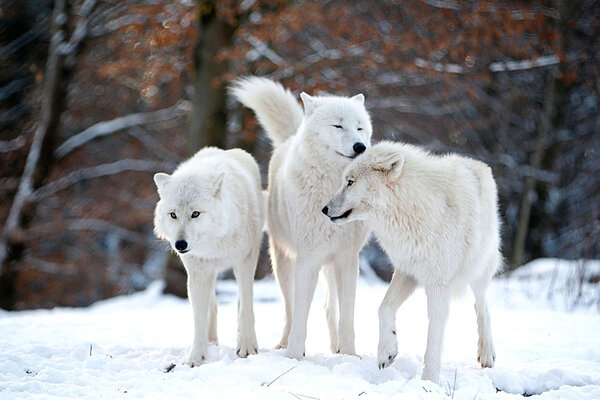 Wolves, bears, lynxes rebounding in Europe
Wolves, bears, lynxes rebounding in EuropeDespite the continent's high population density, large carnivores are staging a comeback in Europe, researchers say.
- Science dubs Rosetta breakthrough of year: Space sweeps 2014 science stories
The American Association for the Advancement of Science and its journal Science labeled the successful touchdown of the Rosetta’s Philae Lander on a comet the scientific breakthrough of the year. Many of the year's top science stories hailed from the great beyond.
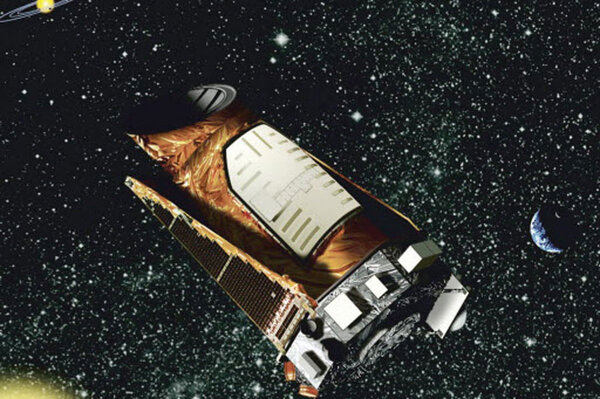 NASA's Kepler finds 'Super-Earth' 180 light-years away
NASA's Kepler finds 'Super-Earth' 180 light-years awayIn a milestone for the spacecraft, Kepler detected its first extra-solar planet since being resurrected by NASA. The planet has 12 times Earth's mass and is about 20,000 miles across.
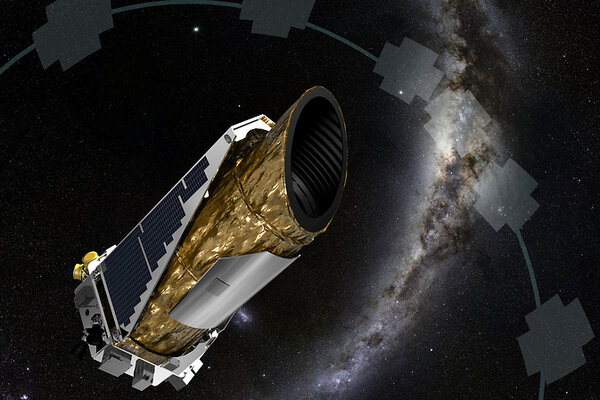 NASA's Kepler space telescope finds 'Super-Earth' after 19-month hiatus
NASA's Kepler space telescope finds 'Super-Earth' after 19-month hiatusKepler space telescope, closed for business since a May 2013 malfunction, identified a planet about 2.5 times the size of ours in the constellation Pisces.
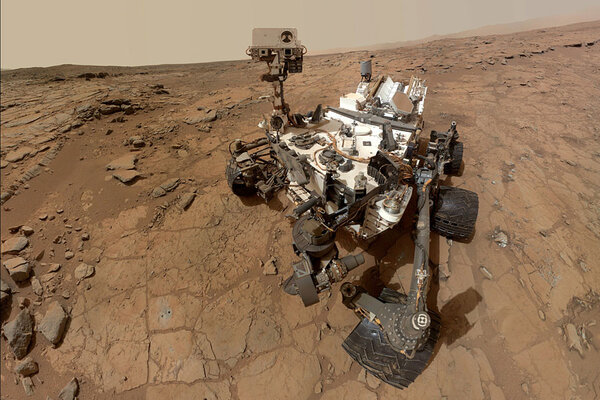 NASA's Curiosity Mars rover to star in Discovery Channel documentary
NASA's Curiosity Mars rover to star in Discovery Channel documentary'Red Planet Rover' follows NASA's Mars Science Laboratory mission, which looks for evidence that Mars was, or perhaps still is, able to support microbial life.
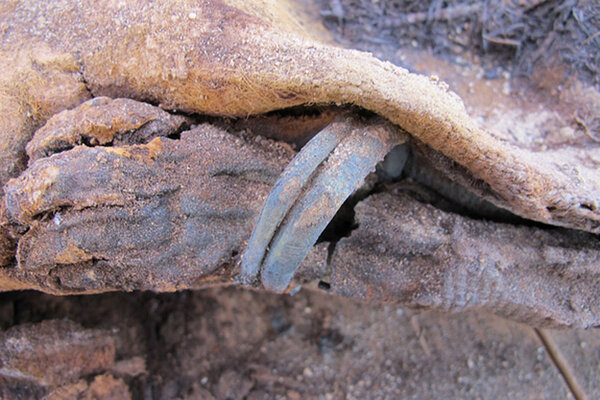 Archaeologists in Egypt excavating million-mummy cemetery
Archaeologists in Egypt excavating million-mummy cemeteryArchaeologists have been excavating Fag el-Gamous for about three decades, a cemetery that they say was the site of a million burials between the first and seventh centuries.
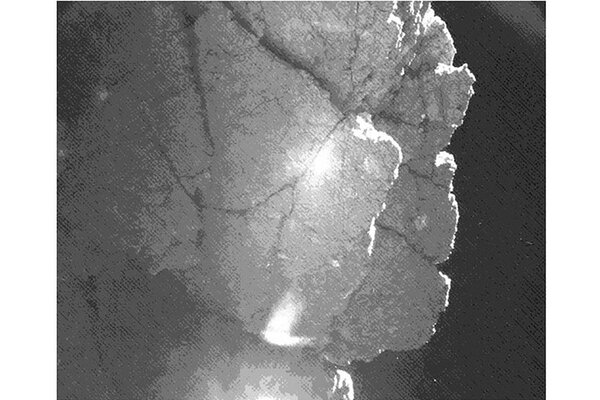 Will Europe's comet lander ever wake up?
Will Europe's comet lander ever wake up?Philae, the European lander lander that is currently sitting idle near a cliff on Comet 67P/Churyumov-Gerasimenko, could soon wake up from its unexpected hibernation, say mission scientists.
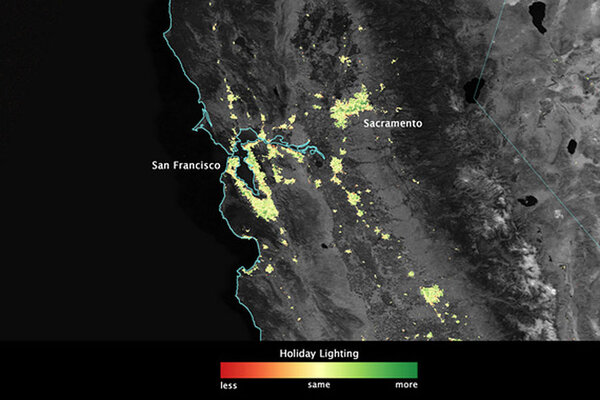 NASA says it can see your holiday lights
NASA says it can see your holiday lightsAs seen from space, US cities at nighttime are 20 to 50 percent brighter during the holiday season, say NASA researchers.




















